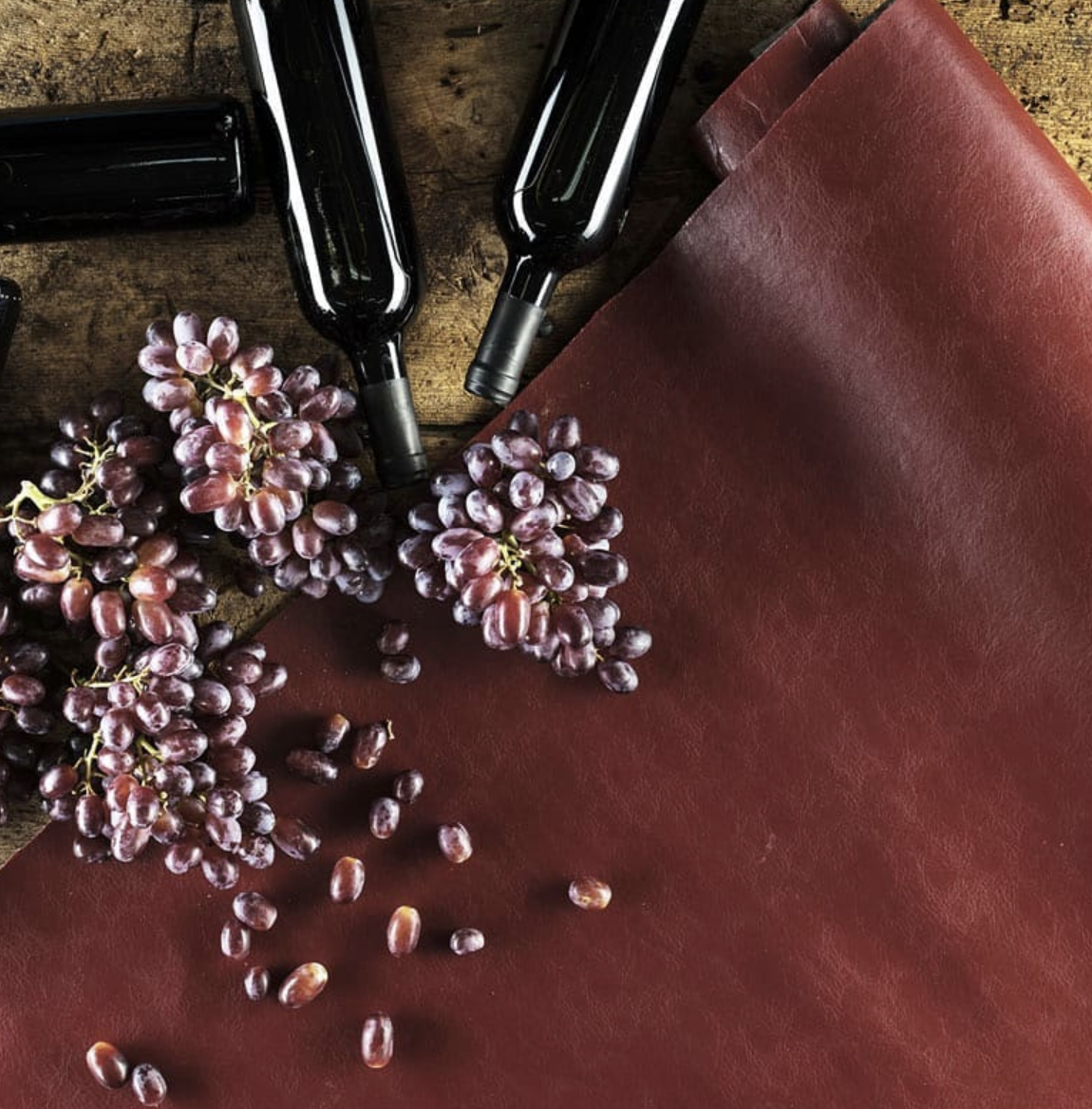
These three companies are transforming coconuts, grapes and fungi into ‘leather’
In today's digital age, life sciences and technology are swimming together in unknown waters that transform our conventional approach to Matter. Unsurprisingly, many artists and designers are involved in this biotechnology revolution that is pushing the boundaries of life itself. In 2011, fashion designer Suzanne Lee received much attention from the design world with her Ted Talk about ‘growing’ clothing from Kombucha bacteria, and since then many innovators have been thinking along the same lines.
Mycelium fibers
Here we have picked our favorites that are focused on creating environmentally friendly and biodegradable materials made out of food waste and bacteria, that replicate the look and feel of real leather. This is wonderful news as the leather industry is renowned for its complicity in the mistreatment of animals as well as environmental pollution in its later stages of production. The alternative to animal leather is often replaced by PU or PVC leather, but this cheaper alternative is made from fossil fuels, so while saving animals the production is certainly not environmentally friendly. Could bacteria-grown fabrics be the future?
© Malai - fermented coconut waste water
In a country where vegetarianism is a common diet and the slaughter of sacred cows is illegal, leather made of coconut waste comes as a welcome alternative. The process was developed by Czech-Indian designer duo in India’s vibrant Mumbai. Zuzana Gombosova is from Czechoslovakia and studied at Central Saint Martins in London where she had been experimenting with the potential of ‘growing’ textiles using microorganisms as a sustainable alternative to conventional textiles. Upon moving to India, she teamed up with Keralan product designer Susmith Suselaan who shared her passion about environmentally friendly materials, and the Malai seed was planted.
© Malai - shoe made out of coconut waste
With circularity in mind, they set off to Suselaan’s native South India, a region rich with coconuts. They found that a significant amount of coconut water is thrown away in the production process and decided to divert the discarded elements away from the waste stream and into their experiment. The process starts by taking this excess coconut water, having bacterial culture feed on it, and letting it transform into cellulose ‘jelly’ after 12 days. Once harvested, this jelly is enriched with natural fibres, resins and gums that can be moulded into desired forms or treated with natural dyes. The result is a fabulously textured coconut material that can be used to make biodegradable shoes, bags and even interior surface furnishings.
Italy is famous for its traditional leather craftsmanship. But this Italian start-up has turned to an unexpected native tradition for inspiration - wine production. Vegea was funded by the European Union to explore innovative solutions for the agricultural industry by turning biological leftovers into something useful. In this case grape skins, stalks and seeds are recovered and transformed into a full-bodied red textile that you can wear or even use to upholster your furniture.
© Vegea. Outfit made of Vegea fabric displayed at the V&A Museum
© Vegea fabric
The company has already won several awards around the world and a ‘fancy Vegeatextile dress’ was chosen to be displayed at the V&A as a part of the ‘Fashioned from Nature’ exhibition in 2018. Cheers to zero-waste and cruelty-free leather!
Mycelium is the underground root structure of mushrooms that serves many important functions beneath the forest floor. This fungi is so incredible that it’s being used by several companies, including Bolt Threads to produce a wonderfully leather-like material they call Mylo. The company emphasises the fact that the livestock business - necessary for leather production - is one of the most unsustainable industries in the world as it is associated with a huge amount of waste and climate change emissions. On the other hand, Mylo fabric can be created in a laboratory within weeks through a non-toxic process without hurting a fly. In addition, the company has also invented a microsilk made from the same proteins as a spider’s web through a process of fermentation.
Bolt Threads has yet to scale up its material production globally, but the future looks spbright as we approach a post-fossil fuel era with urgency. Last year, prominent fashion designer and environmentalist Stella Macartney, worked with the material to create her signature Falabella bag, which was also displayed at the V&A as a part of the ‘Fashioned from Nature’ exhibition.
In the times in which we live, materials matter greatly and brilliant innovative bio-materials attest to the fact that today, fashion waste is undeniably a design flaw.
- Tina Ateljevic
Banner Image: Artist: Veronika Richterová
Photo by Michal Cihlář






